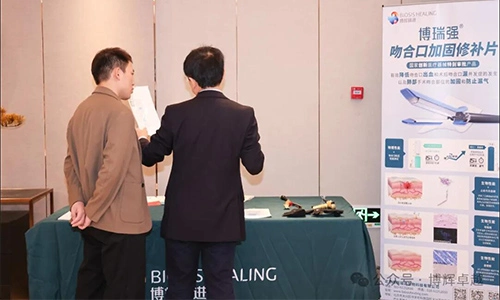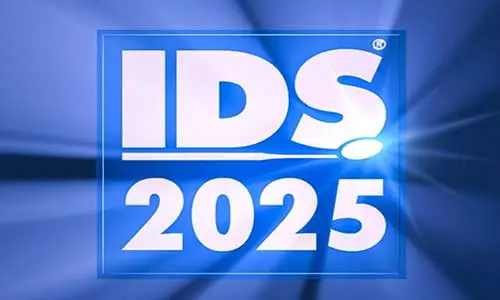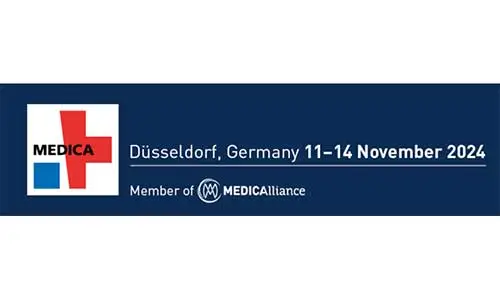On October 11, 2024, the "17th Academic Conference on Endodontics" hosted by the Endodontics Professional Committee of the Chinese Stomatological Association and hosted by Peking University School of Stomatology came to a successful conclusion in Beijing.
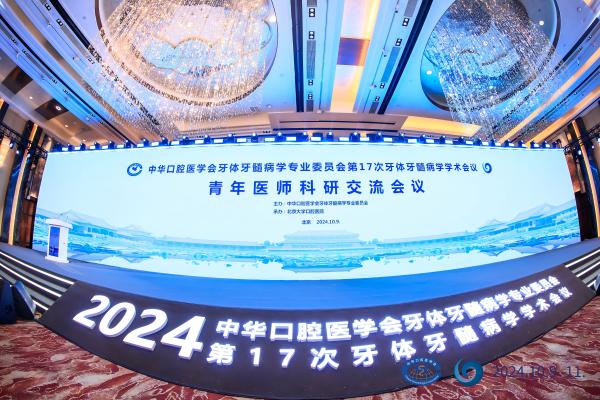
The conference lasted for three days, with many distinguished guests and celebrities. The schedule was rich and varied, and the content was wonderful, which benefited the participants a lot. October 9 was a scientific research exchange meeting for young doctors. 18 young doctors discussed their research findings and results in detail around the three research directions of "endodontic research, periapical disease research, bacteriology and biology research".
October 10 was the 17th Academic Conference on Endodontics. Professor Xue Lan of Tsinghua University Schwarzman College and Researcher Shen Shuming of Peking University Stomatological Hospital gave special speeches on the themes of "The Impact of Artificial Intelligence on the World and Human Society" and "Analysis of Legal Issues in the Occupation of Stomatologists". Professor Yue Lin of the Chinese Stomatological Association talked about the development of endodontics in China, and many senior chairmen talked about the establishment and growth of the discipline. Finally, Professor Chen Zhi, Professor Wang Xiaoyan, Professor Li Jiyao, and Professor Wei Xi respectively brought the latest international information from the International Association for Dental Research (IADR), the American Academy of Endodontics (AAE), the European Organization for the Study of Caries (ORCA), and the World Dental Congress (FDI-WDC).
On October 11, there was a special report session on new concepts, new technologies, and new methods. More than 10 dentists gave special reports on the three directions of "dental disease prevention and treatment, endodontic disease treatment, and digital technology application". More than 10 dentists also shared case reports on the three directions of "dental restoration, endodontic treatment, and digital technology", and interacted with many on-site experts and dental practitioners.
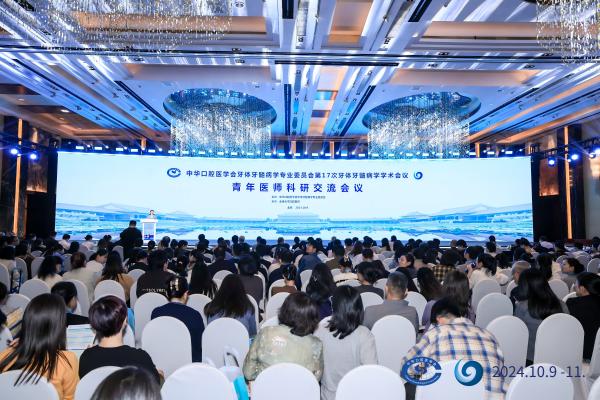
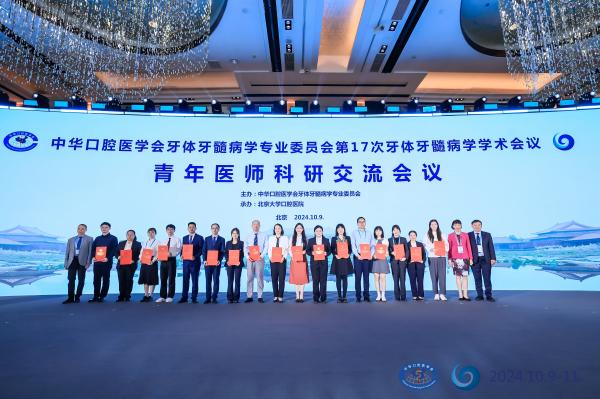


Biosis Healing set up a booth at the exhibition site, and brought its Biosis Healing® Oral Matrix, absorbable biological membrane and bone graft material to the conference site, gathering together with dental practitioners, scholars and colleagues from all over the country to share the academic feast.


During the conference, Biosis Healing® products won the affirmation and recognition of many participants. On site, the staff of Biosis Healing gave a comprehensive and detailed explanation to the guests who stopped at the booth, and warmly invited the guests to experience Biosis Healing® products. This allowed everyone to have a deeper understanding of the material characteristics, product advantages, product operation skills, clinical application effects, etc. of Biosis Healing® oral repair membranes, absorbable biomembranes, and bone repair materials.

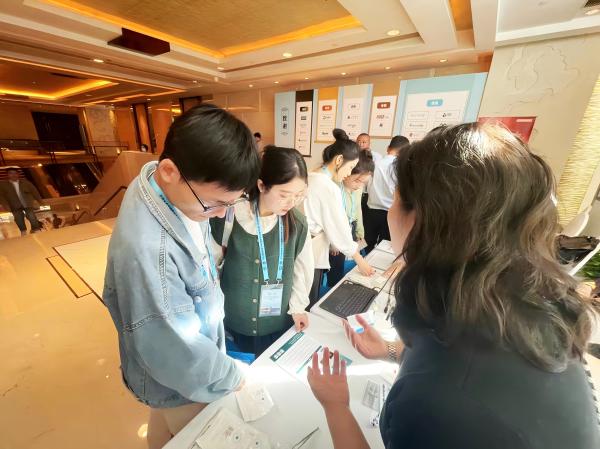



Biosis Healing® absorbable biomembrane is made of non-cross-linked porcine small intestinal submucosal extracellular matrix material (hereinafter referred to as "SIS material") with independent intellectual property rights. SIS material has the advantages of good biocompatibility, promoting tissue regeneration and repair, accelerating angiogenesis, and tolerance to infection. It is prepared by non-cross-linking process, without adding chemical reagents, and the product can be completely degraded and absorbed with tissue regeneration without foreign matter residue. It is widely used in the repair and reconstruction of tendons, dura mater (spinal) membrane, abdominal wall, skin, oral cavity and other tissues.
Biosis Healing® absorbable biomembrane can be used in combination with bone powder, and is suitable for physical barrier when oral tooth loss requires implant repair. The product has good biocompatibility and can be completely degraded with tissue regeneration without affecting new bone formation and new bone quality; the double-sided structure design and dense surface fibers are tight, which can prevent epithelial cells and connective tissue from growing into the bone defect area, and the barrier cycle can reach 8 weeks. The loose surface has loose fibers and large pores, which are conducive to cell attachment. After implantation in the body, it can induce angiogenesis, guide bone regeneration, and form woven bone in the defect area within 6 weeks.
Biosis Healing® absorbable biofilm has good softness and hydrophilicity, which can better fit the defect area and facilitate surgical operation; it is rich in bioactive substances, which can promote cell attachment and tissue regeneration; it has excellent tolerance to infection and can reduce the chance of wound infection. It is a relatively ideal oral biofilm product in clinical practice.
